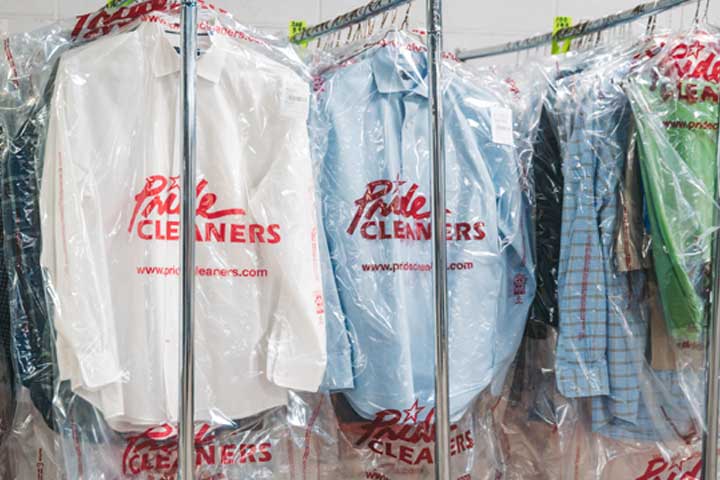Examining the Fundamental Function of Cleaning Fluids in the Dry Cleaning Procedure
Wiki Article
Dry laundering is a specific cleaning method that utilizes solvents instead of water to remove dirt and blemishes from fabrics. This approach is especially useful for articles that cannot be cleaned in a standard laundry machine, such as delicate garments, suits, and furniture coverings. The solvents used in dry cleaning play an essential function in effectively dissolving marks and removing greases without damaging the fabric. Comprehending the role of these solvents aids to value the art behind dry cleaning and its significance in preserving the quality of various textiles.
One of the commonly frequent chemicals utilized in dry cleaning is perchloroethylene, often referred to as "perc." Perc is efficient because it has a high capability to break down oil and fat, making it perfect for removing tough marks from apparel. However, it is not the only solvent available. Other substitutes, such as petroleum-based solvents and silicone solvents, have emerged in new years. These newer solvents are often not as severe on fabrics and may be more eco friendly. The selection of solvent relies on the specific type of fabric being cleaned and the type of the stains found.

The procedure of dry cleaning includes several phases, beginning with a thorough inspection of the garment. Cleaning experts inspect for stains, tears, or decorations that may require special attention. After this, the item is put in a dry cleaning machine, which resembles a standard laundry machine but is designed to process chemicals. The solvent is employed to clean the clothes, while the device mixes softly to ensure that the chemical penetrates the fibers of the material. This phase is critical, as it allows the chemical to remove and dissolve the dirt and oil, resulting in the item fresh and new.
After the cleaning process, the items are dried in a controlled environment where the chemical disappears. This stage is important because it stops any residue from remaining on the material, which could result to harm or fading. Once dehydrated, the items undergo a finalizing process where they are ironed and shaped back to their original shape. This attention to detail is what makes dry cleaning a preferred approach for caring for the look and durability of delicate fabrics.
In summary, solvents are a key component of the dry cleaning method, acting to remove blemishes and preserve the integrity of various materials. The employment of various types of chemicals enables for adaptability and efficacy in cleaning various materials. As innovation progresses, the industry keeps to explore new chemical read this choices that prioritize both cleaning efficiency and environmental safety. Comprehending the function of solvents helps clients make informed choices about how to care for their clothing and why dry cleaning is a worthwhile option.